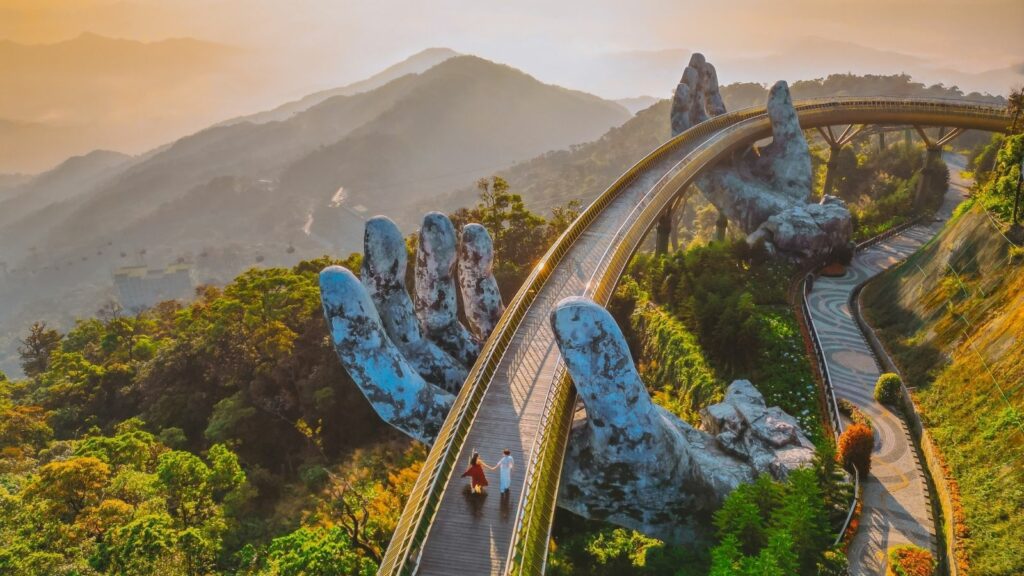When it comes to natural beauty, the United States boasts more than just the well-known national parks and iconic landmarks. Beyond the tourist hotspots, hidden gems are waiting to be explored. From cascading waterfalls to otherworldly landscapes, these lesser-known wonders offer a unique experience for adventurous travelers. Let’s dive into the top ten:
Shoshone Falls, Idaho
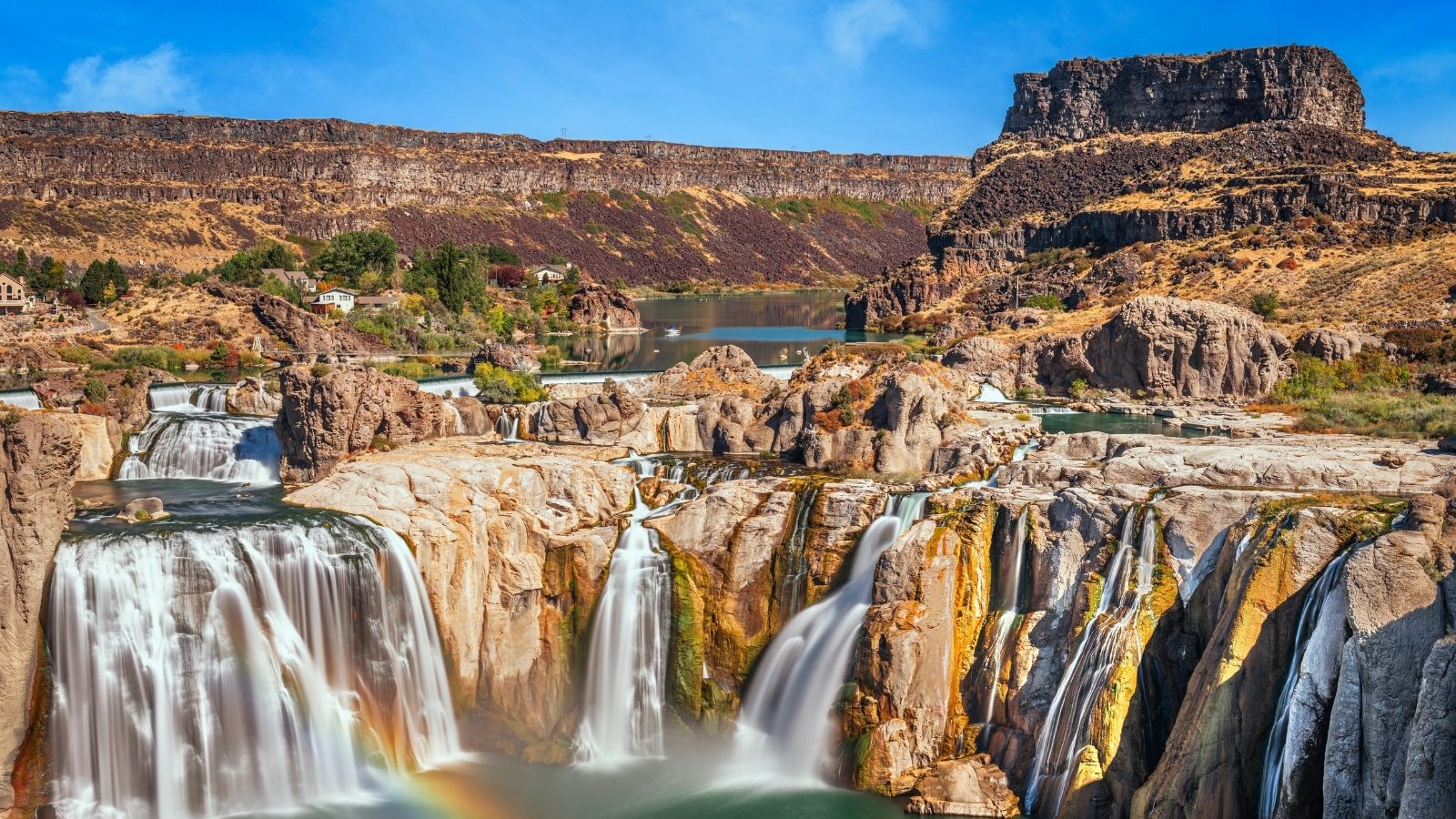
Shoshone Falls, commonly known as “The Niagara of the West,” is a must-visit attraction in Twin Falls, Idaho, with a height of 212 feet and a width of 900 feet, exceeding the famous Niagara Falls in height.
Situated on the Snake River, Shoshone Falls cuts through a deep basalt canyon as it flows towards the Columbia River. Visitors can discover playgrounds, hiking trails, picnic spots, and a scenic viewpoint while admiring this natural marvel.
Painted Deserts, Arizona
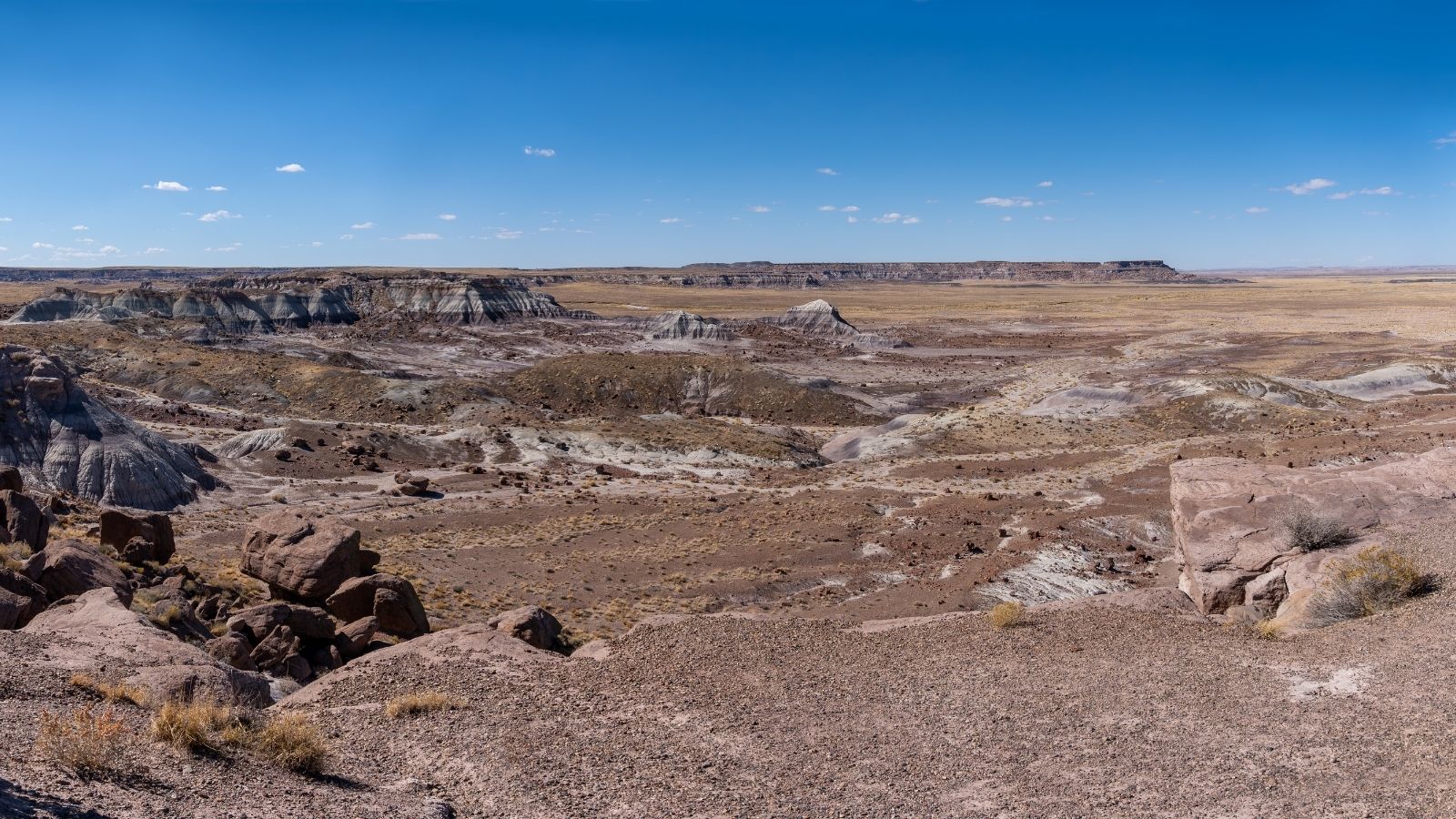
Situated in the Four Corners region of the United States, the Painted Desert sprawls from close to the eastern edge of Grand Canyon National Park. It runs southeast into Petrified Forest National Park.
This captivating desert showcases rugged terrain with layers of pink, orange, and purple mineral deposits. If you want to discover its vibrant hills, flat-topped mesas, and eroded buttes, you can begin your journey at the Painted Desert Visitor Center located off exit 311 on I-40.
Be sure to include a stop at the historic Painted Desert Inn en route, as it holds significance concerning homesteading, Route 66, and indigenous culture.
Antelope Canyon, Arizona
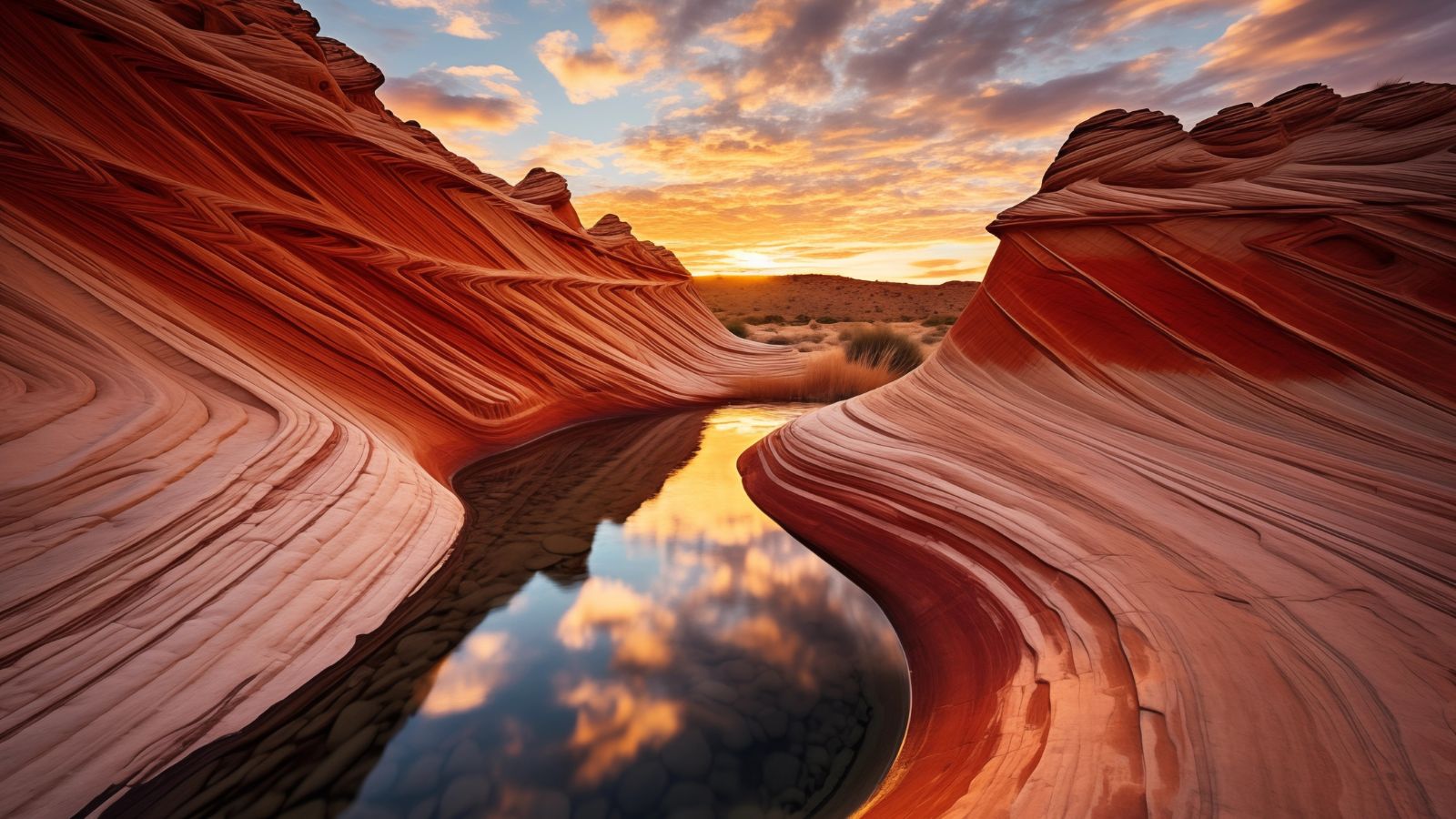
Antelope Canyon, situated on Navajo territory just east of Page, Arizona, is a famous narrow canyon. Shaped over countless years by water rushing through red-orange Navajo sandstone, it displays smooth, curving walls that sparkle in the sunlight.
The canyon is divided into two main parts: Upper Antelope Canyon (also called “The Crack”) and Lower Antelope Canyon (known as “The Corkscrew”). Photographers and nature lovers come here in large numbers to capture its captivating beauty.
Carlsbad Caverns, New Mexico
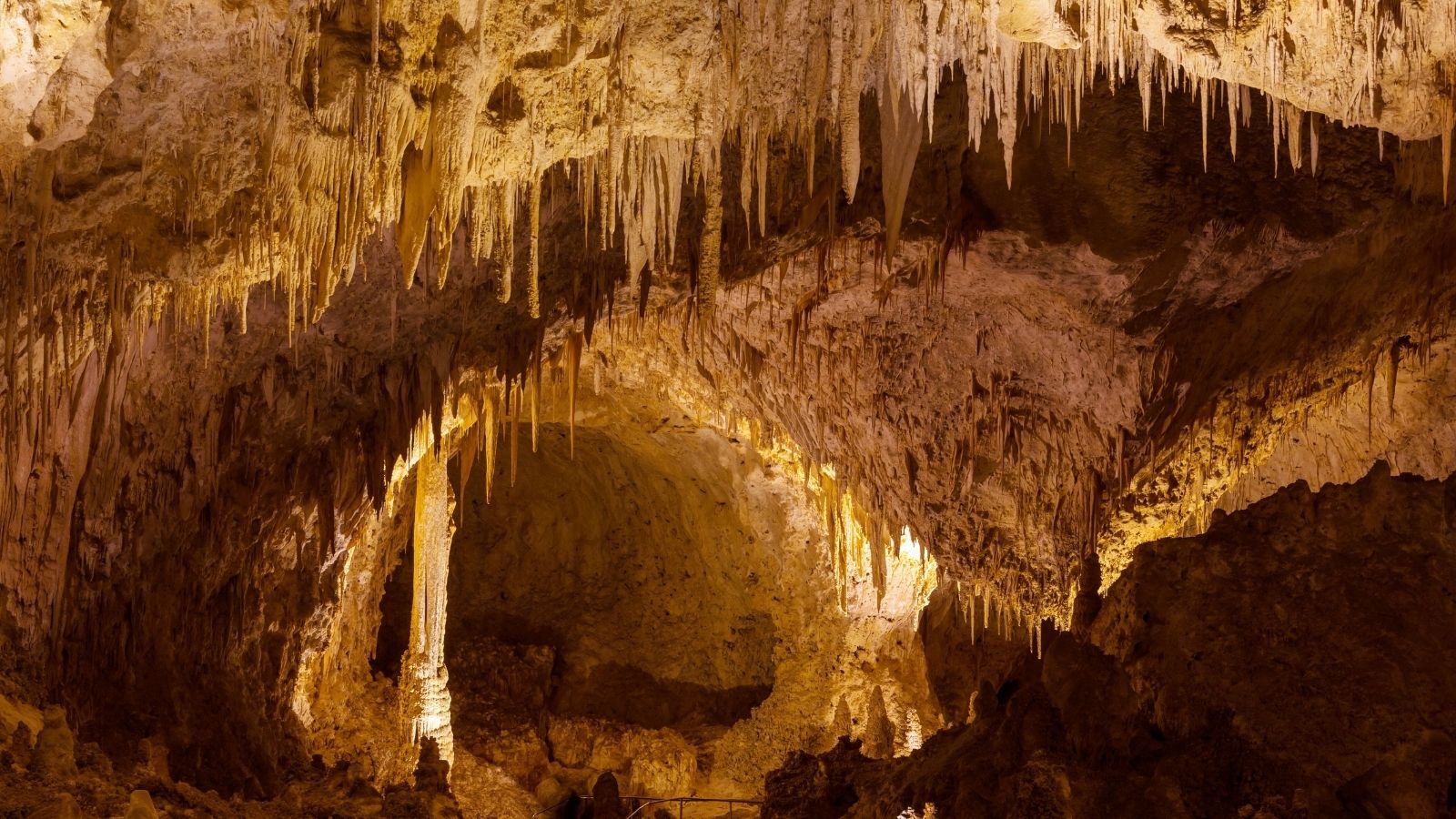
Located in the Guadalupe Mountains of southeastern New Mexico, Carlsbad Caverns National Park is an enchanting destination, with its main highlight being Carlsbad Cavern, a spellbinding cave system created by the gradual dissolution of limestone by sulfuric acid over an extensive period.
Exploring this underground marvel can be done by embarking on a hike through the natural entrance or by using the elevator from the visitor center. The park is open throughout the year, except for Christmas Day, and offers a wonderful mix of desert landscapes above ground and concealed caverns below.
Horseshoe Bend, Arizona
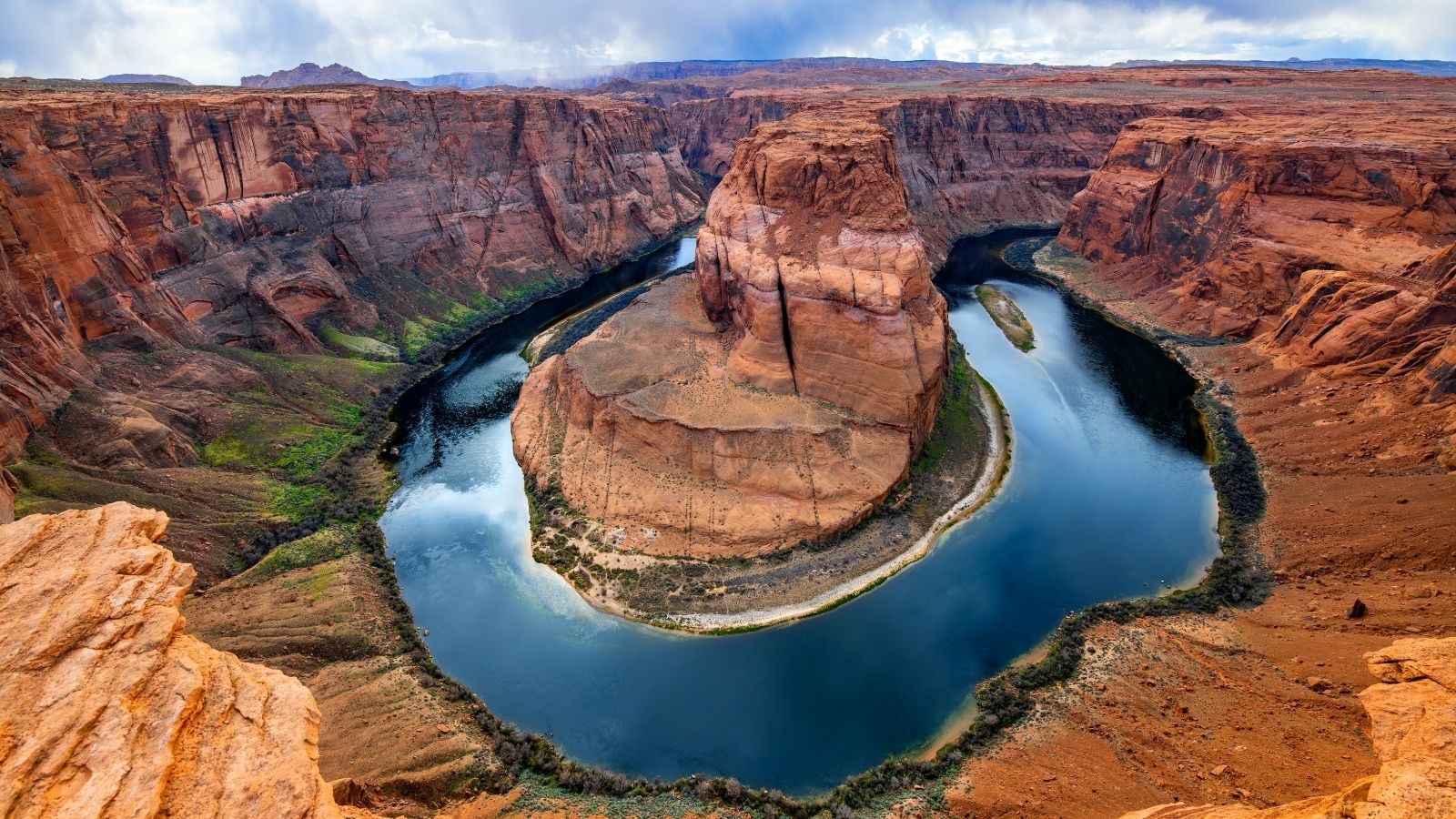
Near the town of Page, Arizona, lies Horseshoe Bend, an incised meander of the Colorado River shaped like a horseshoe. Set against orange cliffs, this iconic landmark captivates visitors with its turquoise bend, just downstream from Glen Canyon and about 9 miles from Lake Powell.
Accessible from the Town Page, the overlook point is popular, especially during sunset, when the landscape glows brightly. Horseshoe Bend attracts millions of visitors every year and remains one of northern Arizona’s most photographed locations.
Cathedral Grove, California
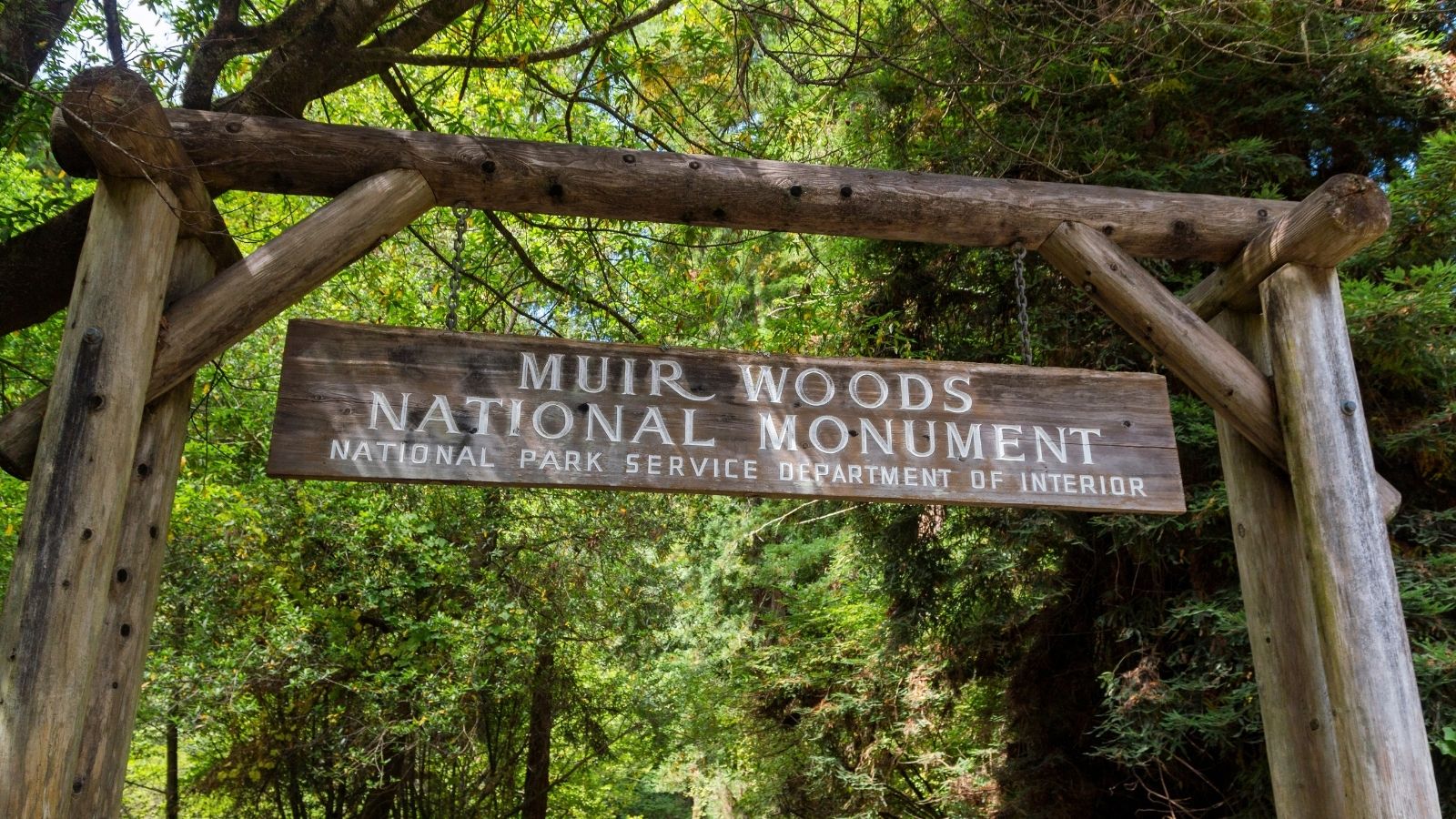
Nestled in Muir Woods National Monument in California, Cathedral Grove provides a peaceful haven for ancient redwoods, also known as coast redwoods (Sequoia sempervirens), which can grow to towering heights of 380 feet and have base widths of 22 feet.
Their roots intertwine with those of nearby trees to create a supportive network that prevents them from being toppled by the wind. Away from the crowds, Cathedral Grove offers an unspoiled environment and is a must-see for anyone who wants to experience the breathtaking beauty of these immense trees.
Crater Lake, Oregon
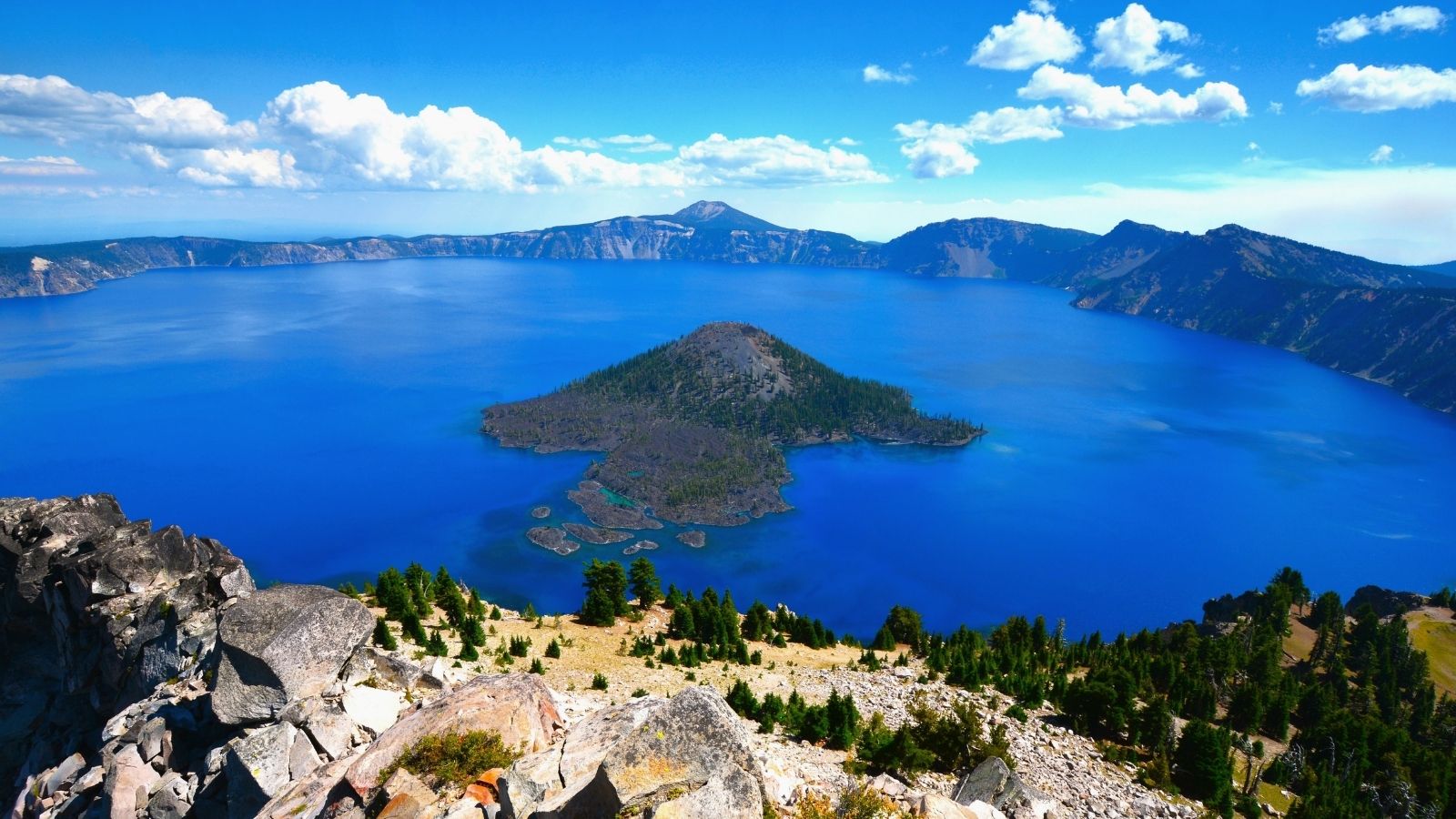
Situated in the Cascade Range in south-central Oregon, Crater Lake is a breathtaking natural marvel that astounds its visitors. Its formation dates back to 7,700 years ago, when a volcanic eruption took place. It currently holds the title of the deepest lake in the United States, known for its stunningly blue hue and exceptional water clarity.
The lake occupies a collapsed caldera, resulting in a tranquil and unspoiled setting. Whether beholding it from the rim or trekking along the trails, Crater Lake provides an enthralling experience for nature lovers and photographers alike.
Bryce Canyon, Utah
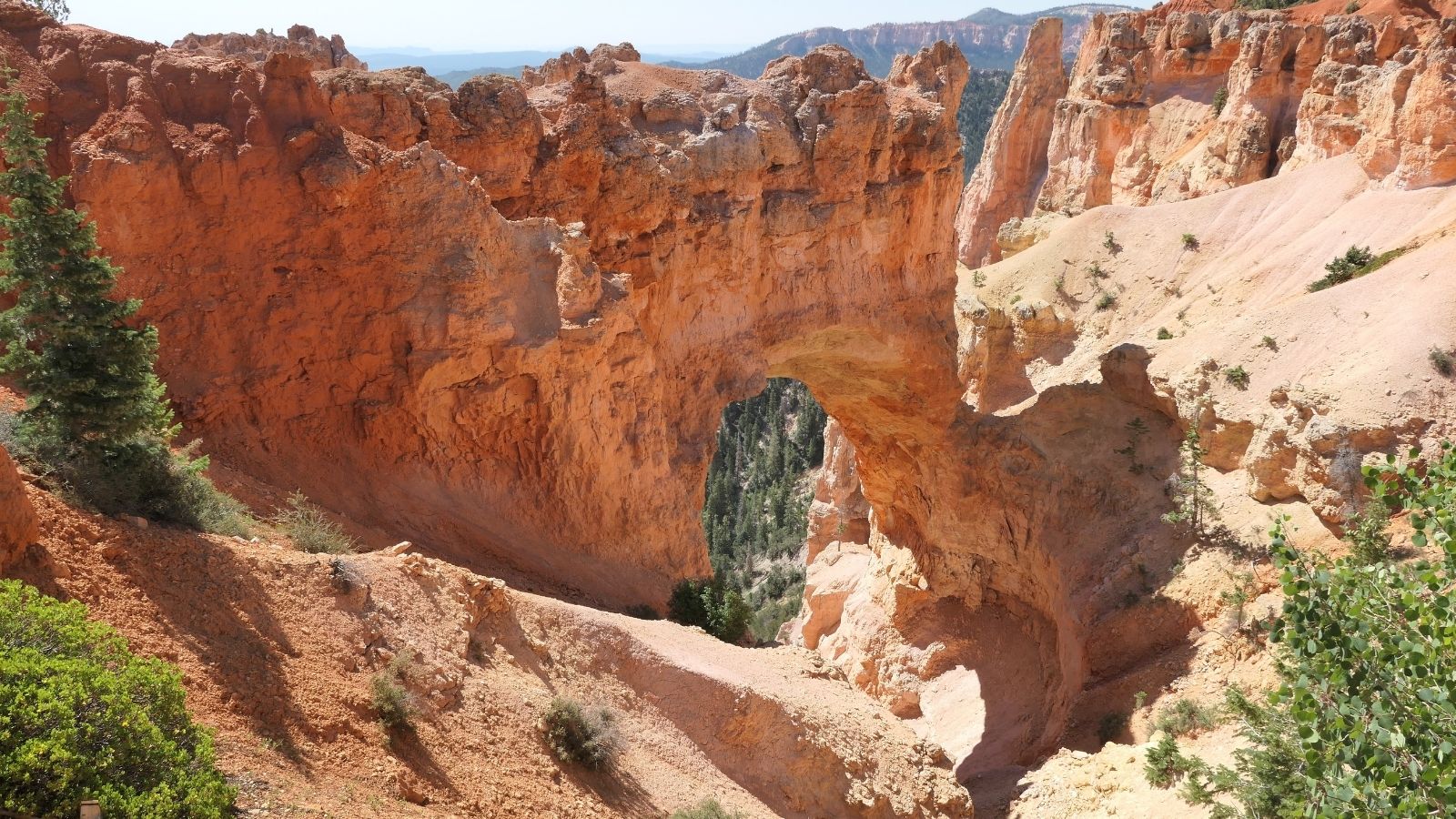
Nestled in the southwestern region of Utah, Bryce Canyon National Park challenges the traditional concept of a canyon by showcasing a series of massive natural amphitheaters situated along the eastern edge of the Paunsaugunt Plateau. The park is renowned for its hoodoos, which are irregular rock columns and are the most abundant in the world.
Visitors can admire breathtaking views, learn about the park’s geology, and witness the captivating night sky. This area, characterized by its red rock formations sculpted by wind, water, and snow, is a popular destination for hikers and photographers.
Dry Tortugas, Florida
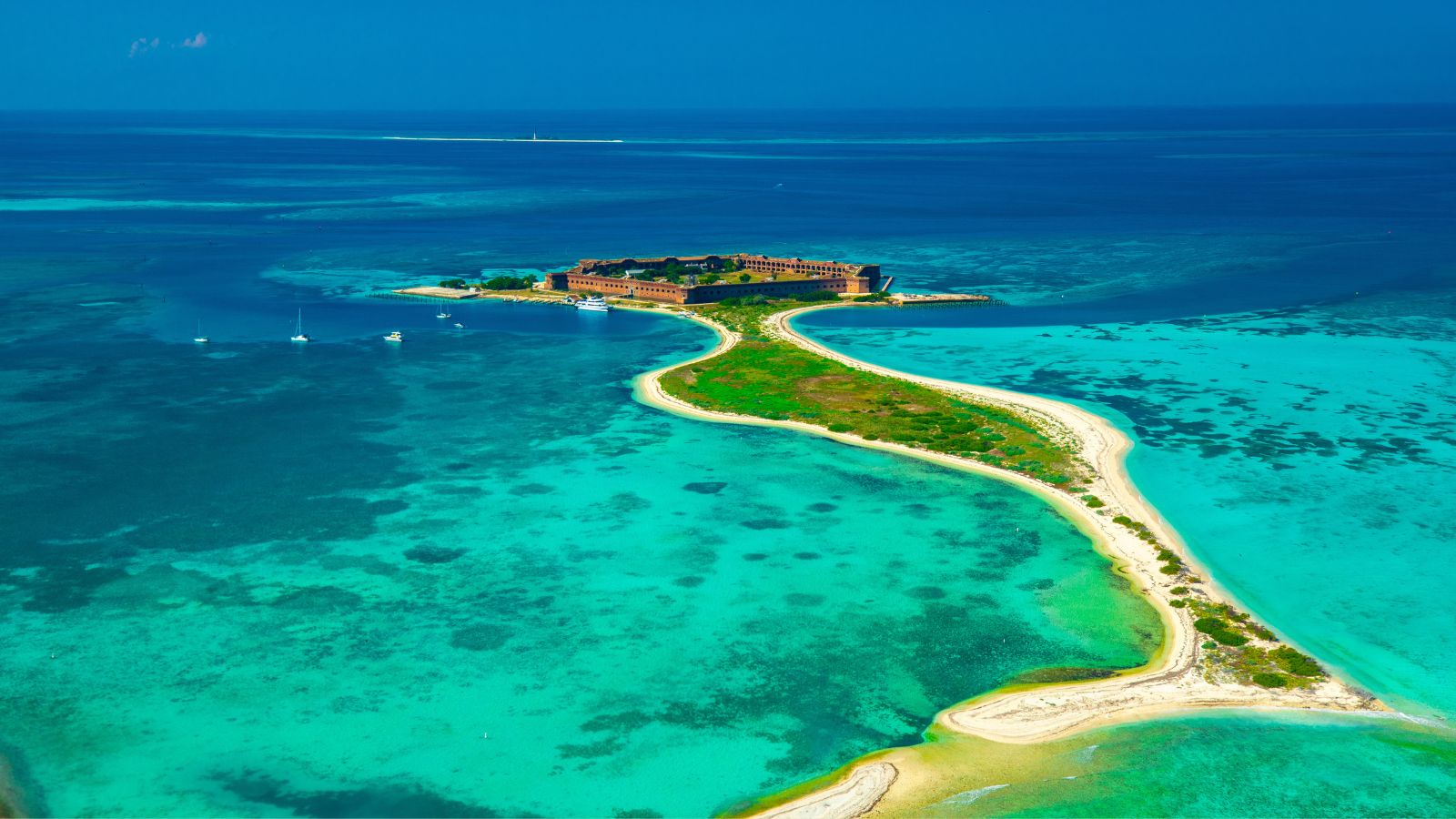
Dry Tortugas National Park, located almost 70 miles west of Key West, Florida, is a remote and captivating destination. Comprising seven small islands, this 100-square-mile park is mostly open water. Its centerpiece is Fort Jefferson, one of the largest 19th-century forts in the United States. Visitors can explore historic ruins, snorkel in crystal-clear waters teeming with marine life, and witness an array of bird species. The Dry Tortugas can only be reached by boat or seaplane, providing a distinctive and memorable experience.
Mono Lake, California
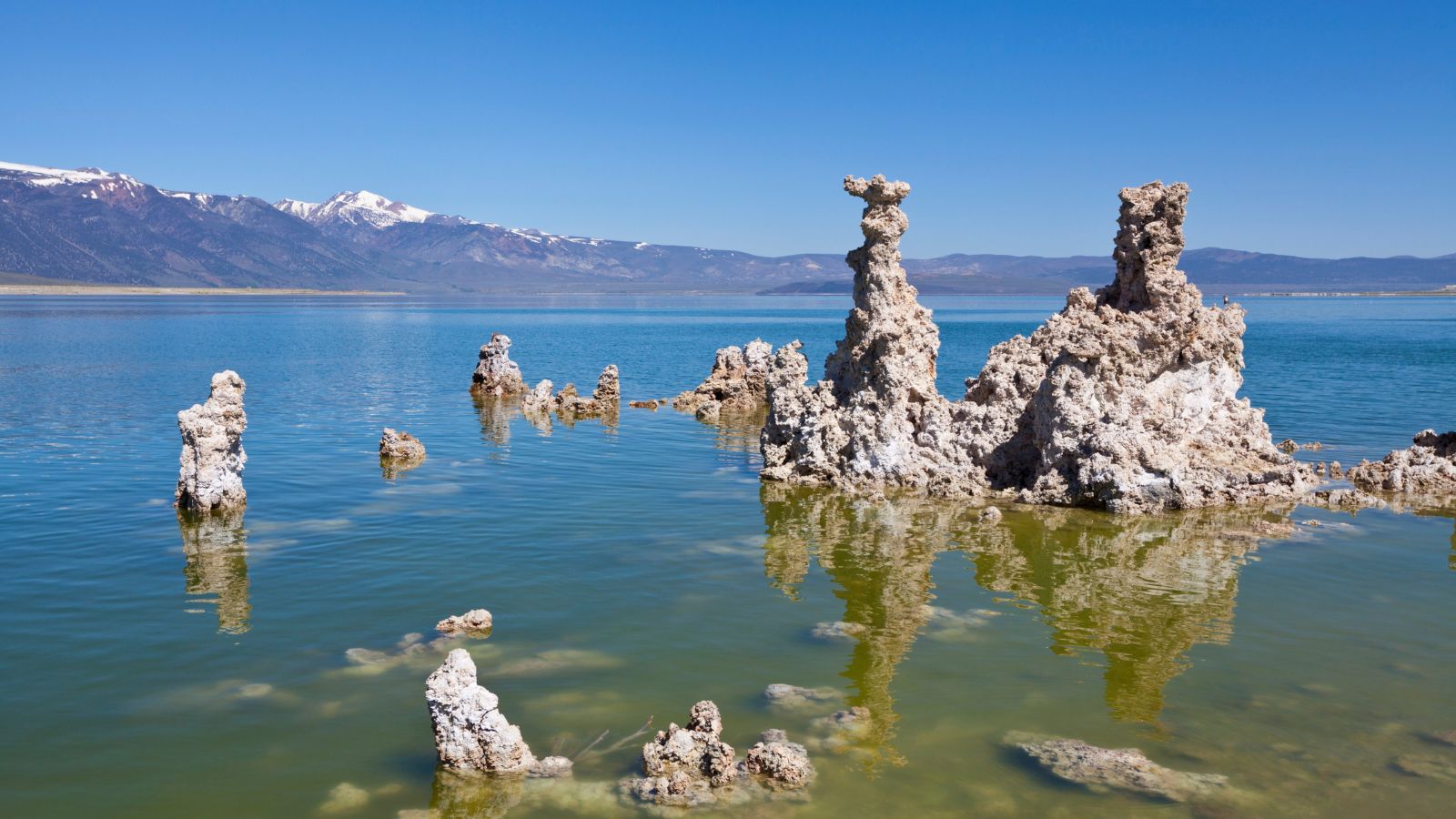
Mono Lake, located in Mono County, California, is an ancient saline soda lake formed over 760,000 years ago. Its unique ecosystem thrives despite the lack of an outlet, resulting in high salt levels and alkaline water. Trillions of brine shrimp call it home, while migratory birds rely on them for sustenance. The lake’s tufa rock formations and variable water level add to its mystique. Historically, the Kutzadika’a people harvested alkali flies’ pupae from its shallow waters. The Mono Lake Committee successfully advocated for the preservation of Mono Lake.
Conclusion
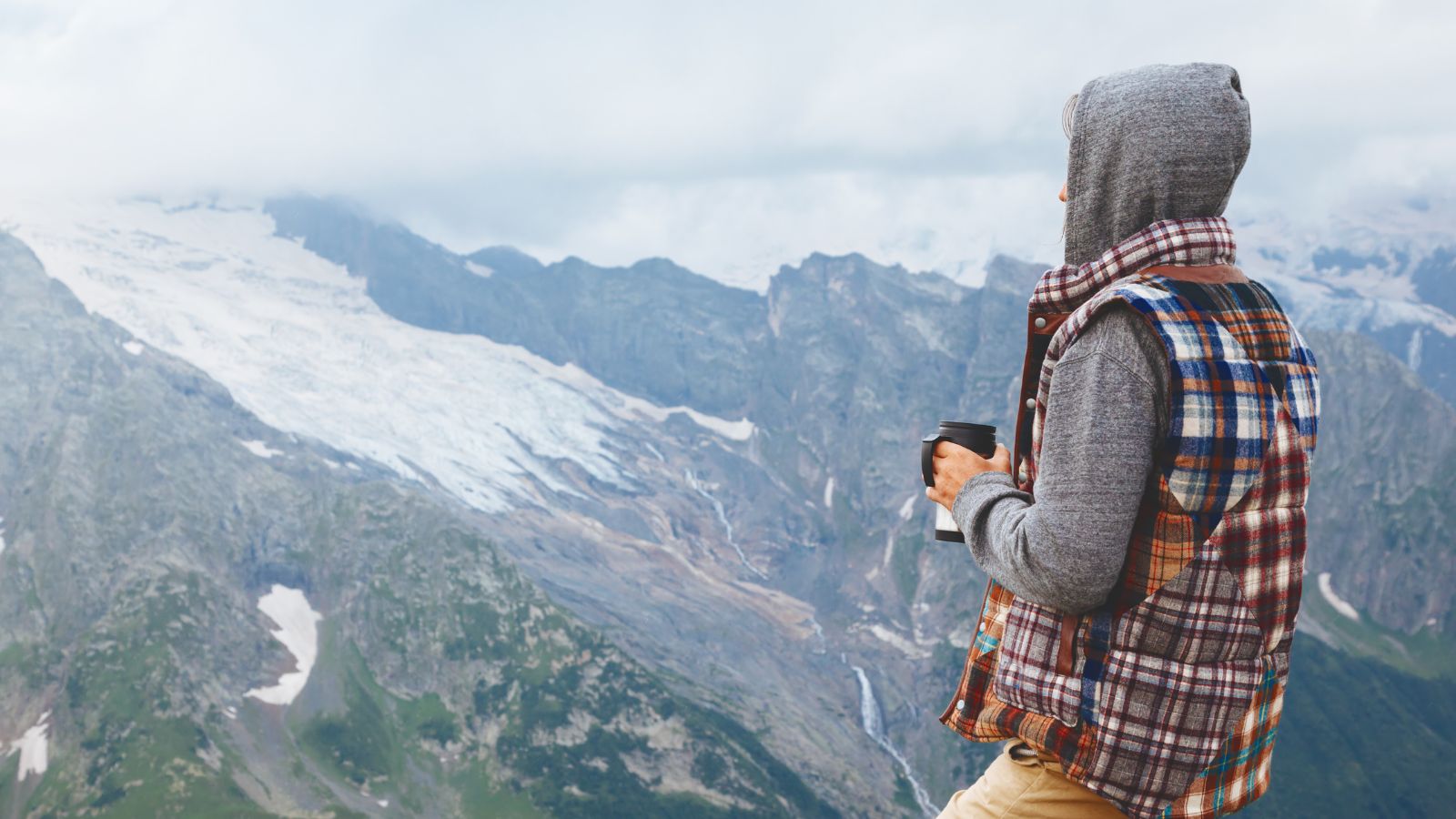
From the towering Shoshone Falls in Idaho to the surreal hoodoos of Bryce Canyon in Utah, each destination invites exploration and wonder. Whether you’re drawn to cascading waterfalls, ancient forests, or otherworldly rock formations, these lesser-known gems await your discovery. So, pack your sense of adventure and embark on a journey to uncover the magic that lies off the beaten path.
5 Canadian Provinces Predicted to Thrive in the Next Economic Boom
 To thrive in an economic boom, a region needs good infrastructure, talented people, government policies that support growth and uplift the economy, and a culture of entrepreneurship. Often, the demography can also be a significant indicator of a region’s economy in the next few years. Although reports may vary on which regions will perform the best economically, certain regions come up on every list. Here are 5 Canadian provinces predicted to thrive in the next economic boom:
To thrive in an economic boom, a region needs good infrastructure, talented people, government policies that support growth and uplift the economy, and a culture of entrepreneurship. Often, the demography can also be a significant indicator of a region’s economy in the next few years. Although reports may vary on which regions will perform the best economically, certain regions come up on every list. Here are 5 Canadian provinces predicted to thrive in the next economic boom:
5 Canadian Provinces Predicted to Thrive in the Next Economic Boom
